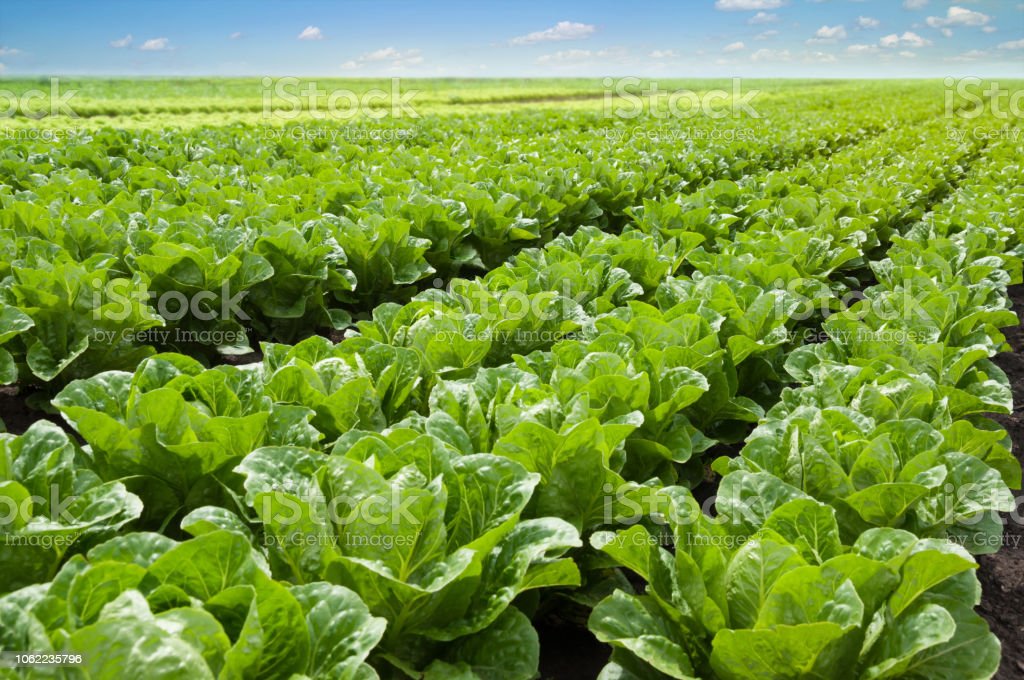
How To Plant And Grow Lettuce
Lettuce is a leafy green vegetable that is easy to grow and can be enjoyed in salads, sandwiches, and other dishes. It is a cool-season crop that can be grown in the spring and fall. In this guide, we will provide you with step-by-step instructions on how to plant and grow lettuce in your garden or container.
Choose the variety of lettuce you want to grow. There are many different types of lettuce, such as butterhead, romaine, and loose-leaf. Choose a variety that is well-suited to your climate and the time of year you plan to grow it.
Next, get the dirt ready. Lettuce prefers organically rich, well-draining soil. To increase the fertility of the soil, work compost or well-rotted manure into it. Verify that the ground is damp but not soggy.
Sow the seeds. You can either sow the seeds directly into the ground or start them indoors and transplant them later. Sow the seeds thinly and cover them with a light layer of soil. Till the seeds sprout, keep the soil moist.
Choosing The Right Variety Of Lettuce
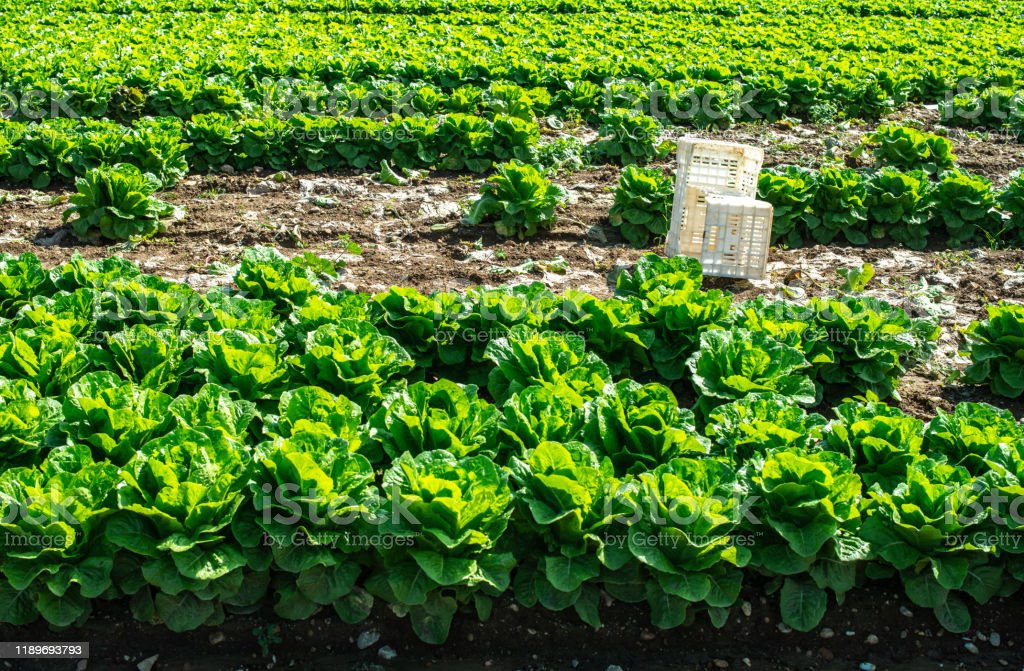
Climate: Different lettuce varieties thrive in different climates. Some varieties are better suited for cool, mild climates, while others can tolerate hot temperatures.
Time of year: Lettuce is a cool-season crop, which means it grows best in the spring and fall. Some varieties are better suited for early spring planting, while others are better for late summer planting.
Flavor and texture: Lettuce comes in a range of flavors and textures, from mild and buttery to crisp and crunchy. Consider what flavor and texture you prefer in your lettuce.
Growing habits: Lettuce can be grown as loose-leaf or head lettuce. Loose-leaf lettuce varieties tend to be easier to grow and harvest, while head lettuce requires more space and time to mature.
Disease resistance: Some lettuce varieties are more resistant to diseases like downy mildew and lettuce mosaic virus than others.
Color: Lettuce comes in a range of colors, including green, red, and speckled. Consider what color lettuce would complement your garden or dishes.
How To Care Lettuce Plant
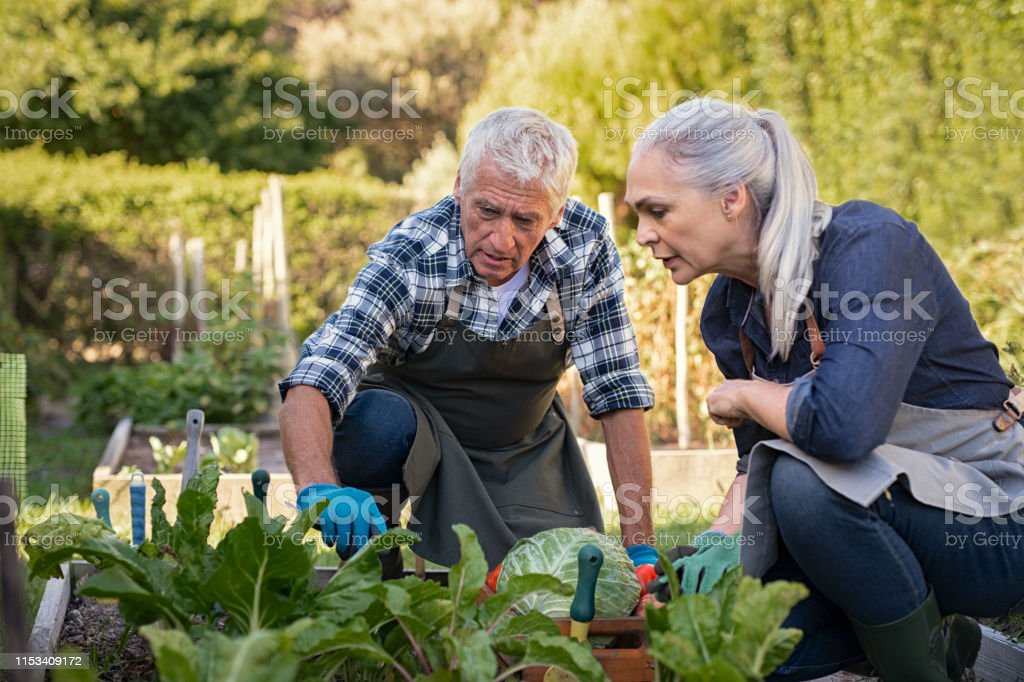
Watering: Lettuce needs consistent moisture to grow well, but overwatering can lead to root rot. Water the plants regularly, making sure the soil stays moist but not waterlogged. A good rule of thumb is to water deeply once a week or more often if the weather is particularly hot and dry.
Fertilizing: Being a heavy feeder, lettuce will profit from routine fertilizer. Use a balanced fertilizer and apply it every few weeks to help the plants grow healthy and strong.
Mulching: Mulching around the lettuce plants can help retain moisture in the soil, suppress weeds, and regulate soil temperature. Use organic materials like straw or shredded leaves and spread a layer of mulch around the base of the plants.
Thin the seedlings: Once the seedlings have grown a few leaves, thin them out so they are spaced about 6 inches apart. This will allow the plants to spread out and avoid overpopulation.
Pest control: Lettuce is prone to insect pests like aphids, slugs, and snails. Regularly check the plants for signs of pest infestations and treat them with insecticidal soap or other organic pest control methods.
Harvesting: Harvest lettuce leaves as soon as they are large enough to eat. Cut the leaves off at the base of the plant, leaving the center leaves to continue growing.
Types Of Lettuce
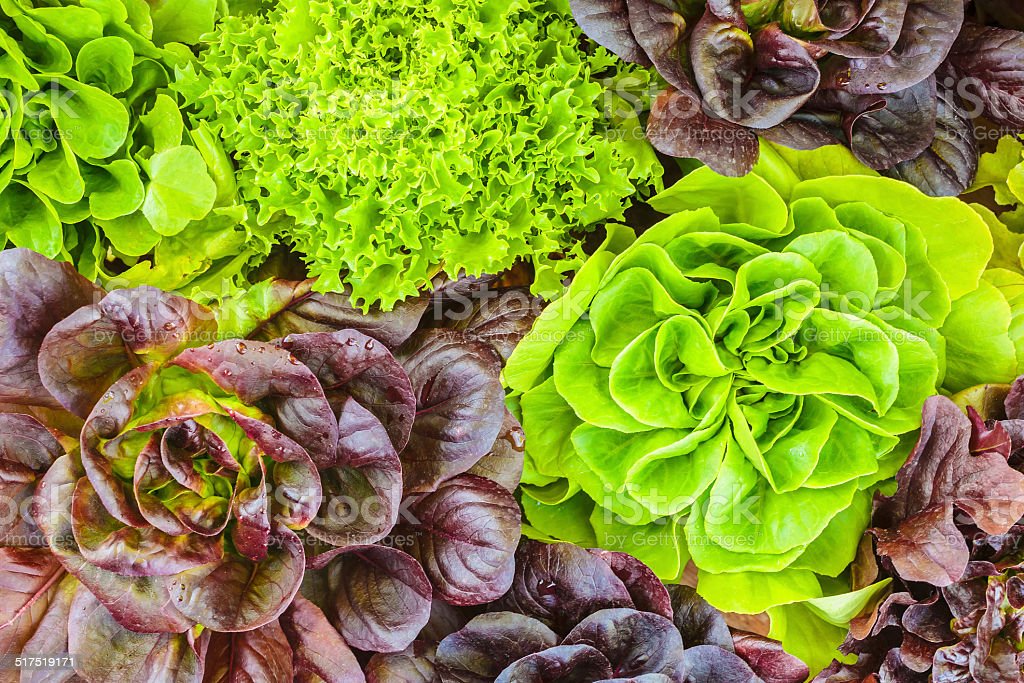
Butterhead lettuce: Butterhead lettuce has soft, buttery leaves and a mild flavor.
Romaine lettuce: Romaine lettuce has long, crunchy leaves and a slightly bitter taste. It is often used in Caesar salads and other dishes that require a sturdy, crisp lettuce.
Loose-leaf lettuce: Loose-leaf lettuce has tender, delicate leaves and a mild flavor.
Iceberg lettuce: Iceberg lettuce has a crisp texture and a mild flavor.
Batavia lettuce: Batavia lettuce has slightly curly leaves and a crunchy texture. It has a slightly sweet flavor and is often used in salads.
Tips For Successful Lettuce Growth
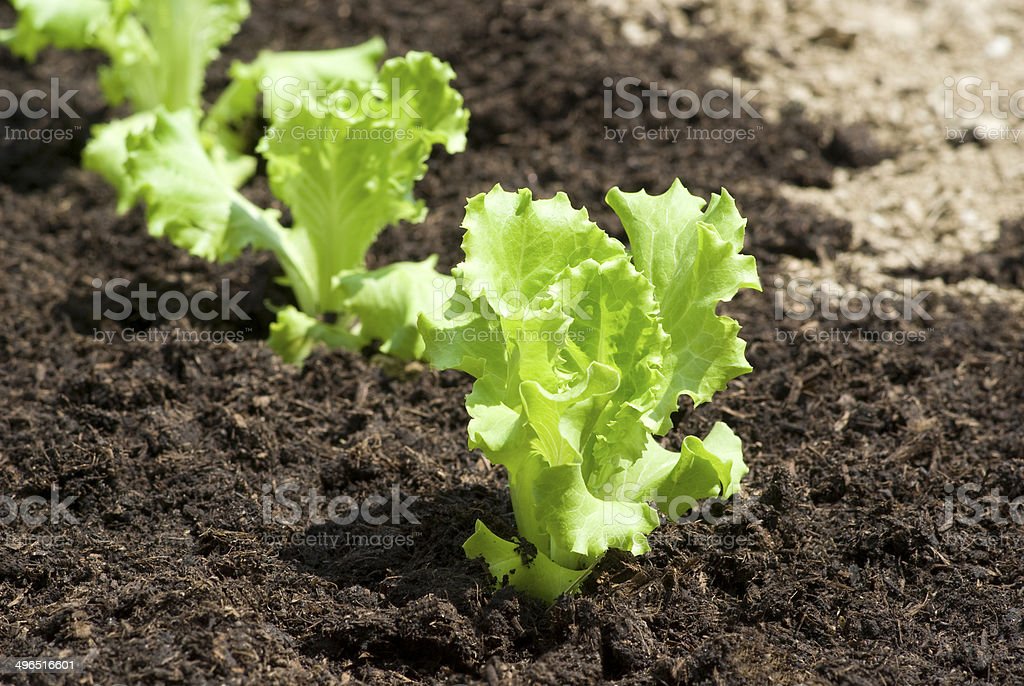
Start with quality seeds: Look for high-quality lettuce seeds that are well-suited for your growing zone and the time of year you plan to plant.
Choose the right location: Lettuce grows best in cool, partially shaded areas. Avoid planting lettuce in areas that get full sun all day, as this can cause the leaves to wilt and the plants to bolt.
Prepare the soil: The best soil for lettuce is one that drains well and is full with organic content. Add compost or other organic materials to the soil before planting to improve soil quality.
Plant at the right time: A cool-season crop, lettuce thrives in the spring and fall. Plant seeds when the soil temperature is around 60°F (15°C).
Keep the soil moist: Lettuce needs consistent moisture to grow well, so water the plants regularly, making sure the soil stays moist but not waterlogged.
Fertilize regularly: Lettuce is a heavy feeder and will benefit from regular fertilization. Use a balanced fertilizer and apply it every few weeks to help the plants grow healthy and strong.
Thin the seedlings: Once the seedlings have grown a few leaves, thin them out so they are spaced about 6 inches apart. By doing this, you can avoid overcrowding and give the plants room to flourish.
Harvest frequently: Harvest lettuce leaves as soon as they are large enough to eat. Cut the leaves off at the base of the plant, leaving the center leaves to continue growing.
Common Lettuce Growing Problems And Solutions
Bolting: Bolting occurs when the lettuce plants start producing flowers and seeds prematurely. This can happen if the plants are exposed to too much heat or if they are not watered enough. To prevent bolting, plant lettuce in a partially shaded area and keep the soil consistently moist.
Pests: Lettuce is susceptible to a variety of pests, including aphids, slugs, and snails. To prevent pest infestations, regularly inspect the plants and remove any damaged leaves. You can also use insecticidal soap or other organic pest control methods to treat infestations.
Disease: Lettuce can be affected by several diseases, including fungal diseases like powdery mildew and bacterial diseases like bacterial leaf spot. To prevent disease, plant lettuce in well-drained soil and avoid overcrowding the plants. Remove any infected leaves immediately and use a fungicide or bactericide if necessary.
Nutrient deficiencies: Lettuce needs a balance of nutrients to grow well. If the leaves start turning yellow or brown, it may be a sign of nutrient deficiencies. To correct the issue, fertilize the plants with a balanced fertilizer and make sure they are getting enough water.
Overwatering: Overwatering can cause root rot and other issues in lettuce plants. To prevent overwatering, make sure the soil drains well and water the plants only when the soil is dry to the touch.
How To Store Lettuce
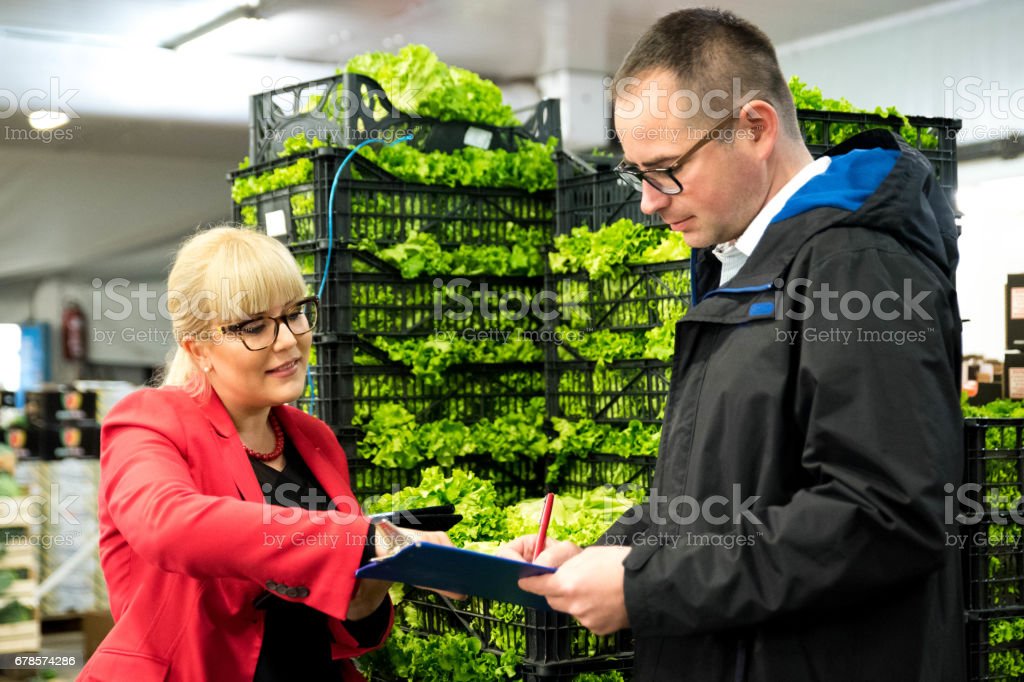
Wash the lettuce: Rinse the lettuce leaves thoroughly in cold water to remove any dirt or debris.
Dry the lettuce: Gently shake the leaves to remove any excess water, or use a salad spinner to dry them.
Wrap the lettuce: Wrap the lettuce leaves loosely in a paper towel to absorb any remaining moisture.
Place in a storage container: Place the wrapped lettuce leaves in a plastic or glass storage container with a lid. Alternatively, you can use a plastic bag with small holes to allow for air circulation.
Refrigerate: Store the lettuce in the refrigerator at a temperature between 32°F and 40°F (0°C to 4°C). Do not freeze lettuce as it will become wilted and mushy.
Use within a week: Use the lettuce within a week of storing, as it will start to lose its freshness and crispness after that.
Advantages Of Plant And Grow Lettuce
Nutritional benefits: Lettuce is a low-calorie vegetable that is high in vitamins A, C, and K, as well as fiber and other important nutrients.
Easy to grow: Lettuce is easy to grow and requires minimal space and resources. It can be grown in containers or small garden spaces.
Cost-effective: Growing your own lettuce can be cost-effective, especially compared to buying pre-packaged lettuce from the grocery store.
Freshness: Homegrown lettuce is fresher and often tastes better than store-bought lettuce, which can be shipped long distances and lose freshness during transit.
Environmental benefits: Growing your own lettuce can reduce your carbon footprint by avoiding the transportation of produce from faraway places.
Variety: Lettuce comes in many different varieties, each with its own unique flavor and texture. Growing your own lettuce allows you to experiment with different varieties and find your favorites.
How Far Apart To Plant Lettuce
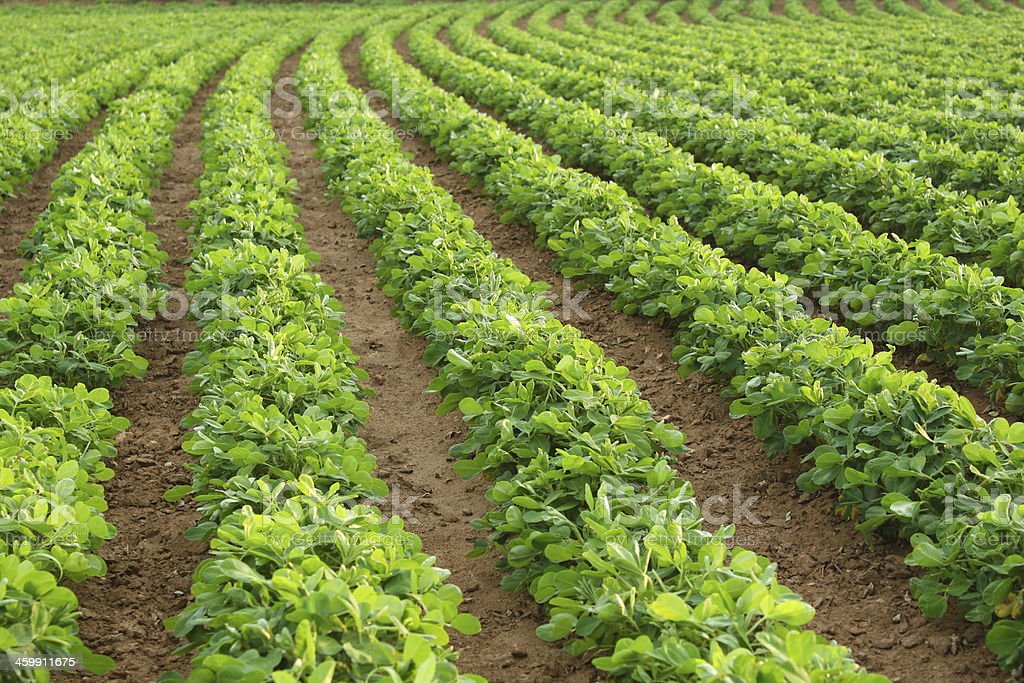
The spacing of lettuce plants depends on the variety of lettuce and the desired maturity size. As a general rule of thumb, lettuce plants should be spaced 6 to 18 inches apart, depending on the variety.
For loose-leaf and butterhead lettuce, space the plants about 6 inches apart. For romaine and crisphead lettuce, space the plants about 8 to 12 inches apart. If you are growing lettuce to its full maturity, then space the plants about 12 to 18 inches apart.
Spacing the plants properly ensures that they have enough room to grow and develop properly, as well as adequate access to nutrients and water. It also helps to prevent overcrowding, which can lead to increased competition for resources and a higher risk of disease.
FAQ’s
1. How often should I water my lettuce plants?
Lettuce plants should be watered regularly, especially during dry weather conditions. Water the plants deeply once or twice a week, making sure to avoid overwatering, which can lead to root rot.
2. When is the best time to plant lettuce?
The best time to plant lettuce depends on your location and climate. In general, lettuce can be planted in the early spring or fall when temperatures are cooler.
3. How long does it take for lettuce to grow?
The time it takes for lettuce to grow depends on the variety and growing conditions. Generally, lettuce takes 45 to 60 days to reach maturity.
4. How can I prevent lettuce from bolting?
To prevent lettuce from bolting, plant it in a cool, shaded area and keep the soil consistently moist. Also, harvest the leaves regularly to encourage new growth and prevent the plant from diverting energy to flower production.
Conclusion
Planting and growing lettuce can be a rewarding experience that offers numerous benefits. With a little effort and attention to detail, anyone can successfully grow lettuce in their backyard or even in a container on their balcony. From selecting the right variety of lettuce to caring for the plants and harvesting the leaves, there are many factors to consider when growing lettuce. However, by following the tips and techniques outlined in this guide, you can ensure a successful and bountiful harvest of fresh, delicious lettuce that is sure to delight your taste buds and nourish your body.

